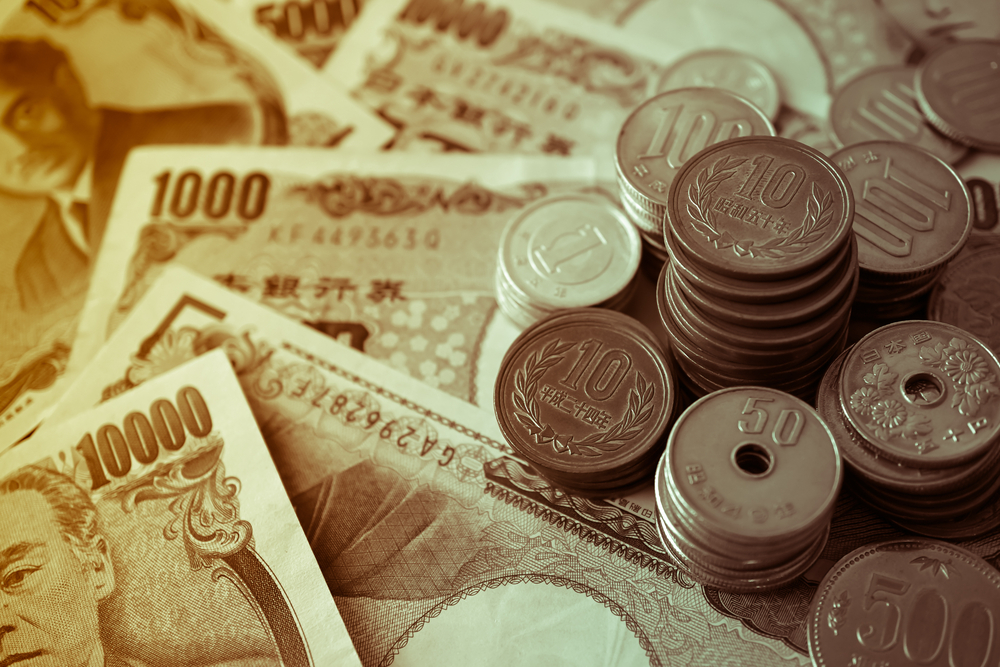No Sense of Urgency for the Bank of Japan

Please note that we are not authorised to provide any investment advice. The content on this page is for information purposes only.
I was never one that anticipated the BOJ to step up its unorthodox easing of monetary policy next week. Talking with officials here, I have become even more convinced that there is no strong sense of urgency to act.
I was never one that anticipated the BOJ to step up its unorthodox easing of monetary policy next week. Talking with officials here, I have become even more convinced that there is no strong sense of urgency to act.
There are three different considerations. The first relates to inflation. The core measure, which excludes fresh food, has slipped back into negative territory for the first time in two years. However, officials are trying to look through the distortions caused by the drop in energy prices. When adjusted for food and energy, Japan’s CPI is just over 1%. While this is not the official targeted metric, BOJ Governor Kuroda is being pragmatic not ideological.
Second, some observers argued that the unexpected and sharp fall in industrial output warns that the economy may have contracted in Q3. Officials do not seem particularly bothered by this. They note that potential growth in Japan is less than 0.5%. A small negative quarterly print is simply part of the normal variation under such conditions. Officials suggest that private demand is holding up.
Third, others argued that the slowing of China and its devaluation is a headwind on the Japanese economy that will spur more BOJ action. Officials suggested that at this stage, the drag from China is not so great, and in any event, increased exports to the US mitigate this.
I had thought that they could use fiscal policy, such as a supplemental budget and corporate tax cuts, instead of monetary policy. BOJ officials are not particularly enamored with such ideas. In addition to the long-term debt challenges for Japan, officials expressed concern about bottlenecks in the construction sector, due to a shortage of skilled labor, poses critical limits on the usual LDP infrastructure spending.
Officials seem content with the dollar-yen exchange rate. Businesses here prefer a stable exchange rate. The dollar-yen exchange rate is essentially unchanged since the end of last year. Last week, the dollar tested JPY118, the lower end of the recent range. A three-week downtrend line, off the September 25 high, comes in now near JPY120. Additional resistance is near JPY120.60.
Don`t Expect the BOJ to Ease Next Week is republished with permission from Marc to Market




